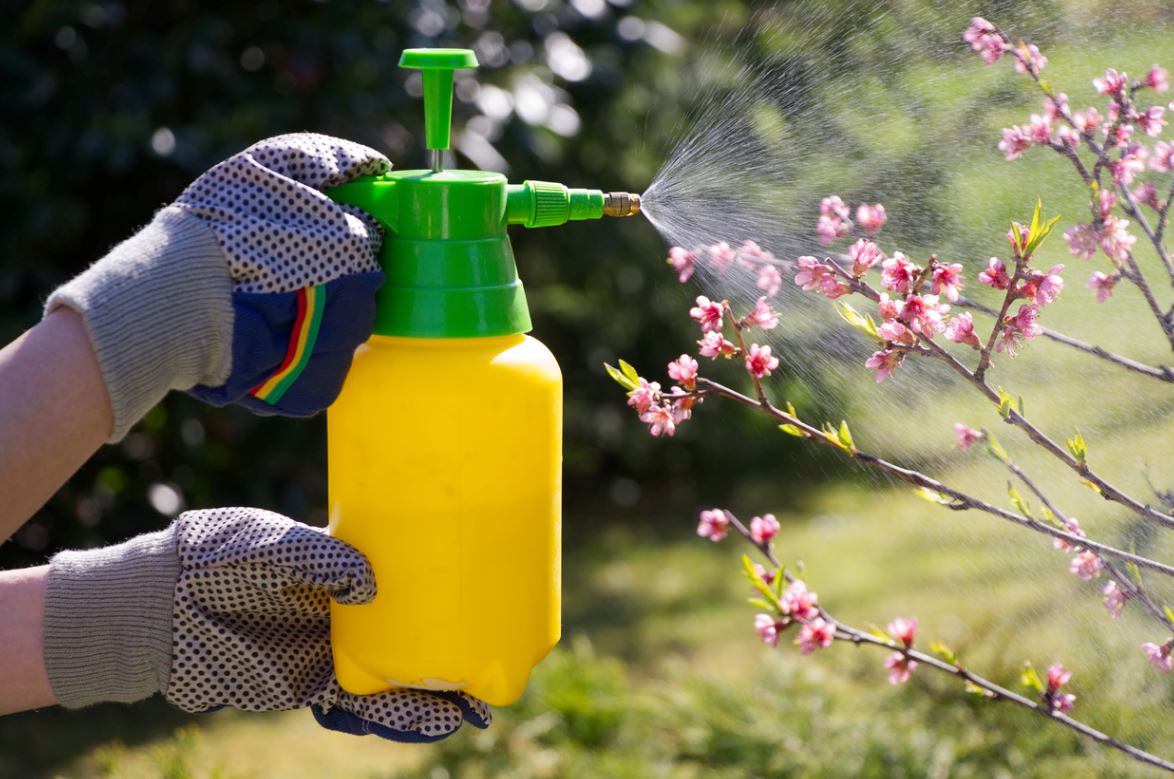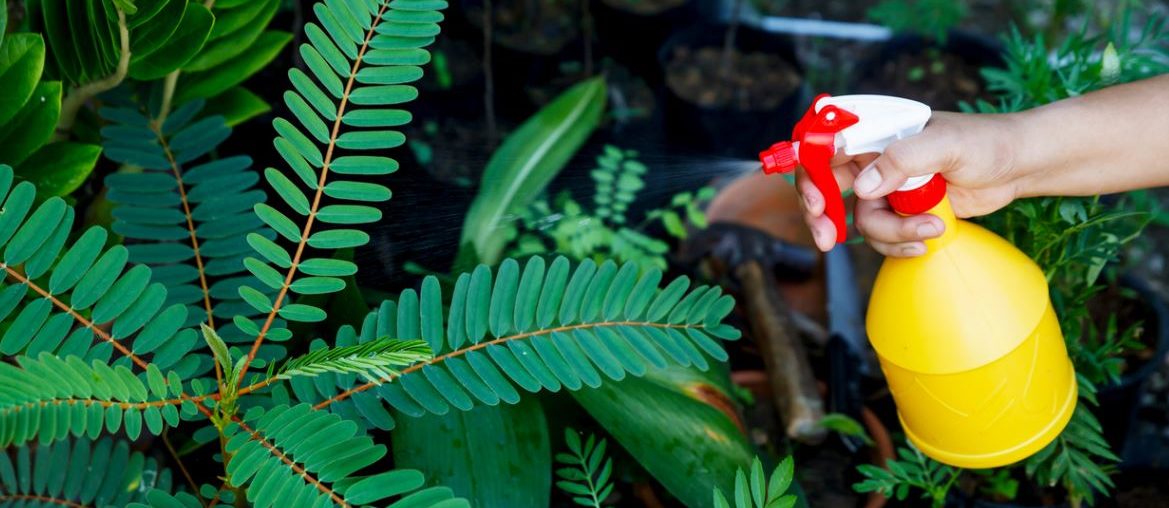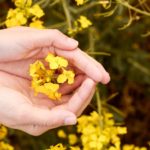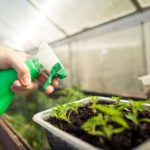Among the various specialists in gardening products, there are plant insecticides, generally based on pyrethrin or rotenone, therefore of natural and plant origin. Be careful, these active products are sensitive to daylight and oxygen in the air. They should therefore be stored in the dark, at a temperature not too high, and closed tightly. They have no persistence like synthetic chemical insecticides. All our explanations to use it well.
Use and dose insecticides
First of all, you should know that when used as a preventive measure, these products are useless, because they act by contact on the nervous system of parasitic insects.
The sprays should be as fine as possible. The performances are clearly superior when dealing with an atomizer; the treatment is then carried out quickly and proves to be more effective because the spray, very fine, in fog, touches the plants on all the aerial parts.
- In liquid solution : the normal dose is 2 cl or | 0 or 2 teaspoons per liter of water. In the event of serious attack of the cultures one can increase the dose to 4 or 5 teaspoons.
- In powder-based solution: depending on the vegetation, for an area of 100 m2, mix 300 grams of powder for 10 liters of water.
- For liquid solutions, the most common, it is better to use rainwater ; if not, draw off the tap water the day before to allow the chlorine to evaporate. If it is calcareous, add a teaspoon of wine vinegar per liter of water.
- If the need arises, make new sprays 4 or 5 days apart.
- The action of plant insecticides is enhanced by adding 1 liter of nettle manure for 5 liters of water; this nettle manure will be even more effective after a 4 or 5 day maceration.

Their composition
- Rotenone is based on extracts of the roots of various tropical plants (Derris, Elliptica, Lonchocarpus) and extracts of leaves and seeds (Tephrosia).
- Pyrethrin is made from the flowers of chrysanthemums, such as Dalmatian pyrethrum (Chrysanthemum Cinerariefolium), or pink pyrethrum (Pyrethrum roseum), Pyretrum carneum and Anacyclus pyrethrum, which have insecticidal properties and are cultivated for this use.
Very often, rotenone and pyrethrin are combined and are usually sold in liquid. Sometimes they are found individually in powder form.
These plant-based insecticides act by contact on the nervous system of many parasitic insects by producing a shock effect.
In very large quantities, however, they can prove toxic to fish, earthworms and some other useful aids; it will therefore be necessary to treat early in the morning or late in the evening.
Pyrethrin and rotenone are effective against:
- acarians,
- whiteflies,
- flea beetles,
- red spiders,
- weevils,
- the caterpillars,
- the asparagus beetles,
- Colorado beetles,
- the carrot fly,
- aphids,
- bedbugs,
- the trhips,
- leek worm …
Some tips with plant insecticides
- After use, rinse the equipment thoroughly with plain water.
- Before purchasing insecticide or other products, read the labels carefully, and in particular the composition of the product, because sometimes manufacturers add synthetic chemicals to it.
Read also :









